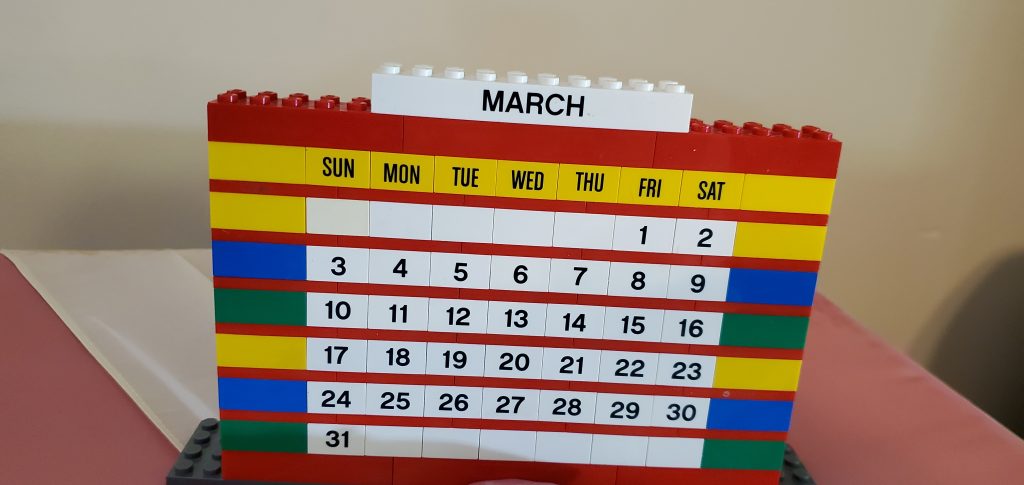Many homeschooling wars are lost because of the way we plan and execute the plan. Every homeschool mom is different. Some are more organized and others are free spirits. It works well as long as you keep at it.
For me, I need a plan. Then, I need to execute the plan. Last but not least, I need to relax when things don’t go according to plan. Continue reading



